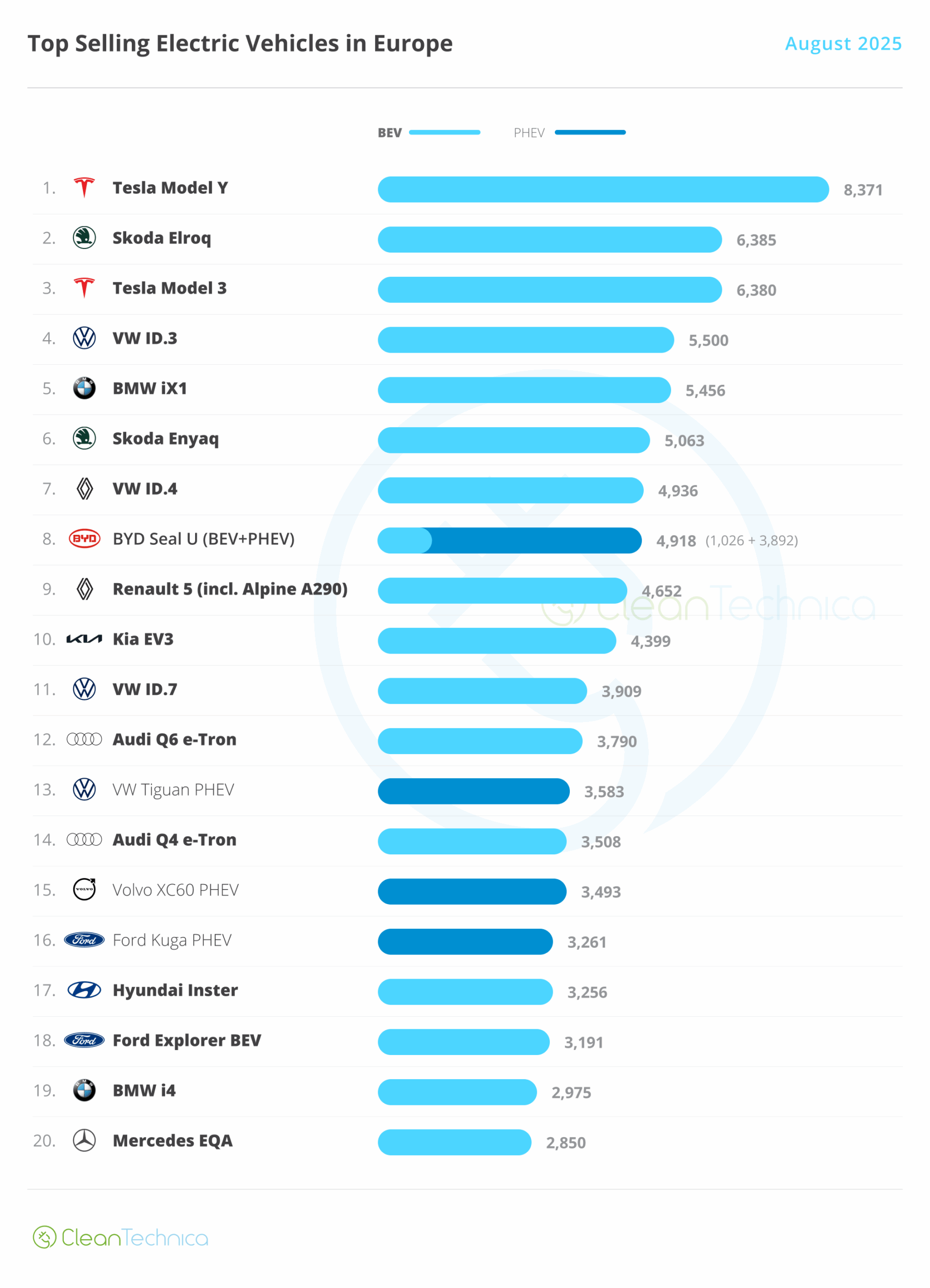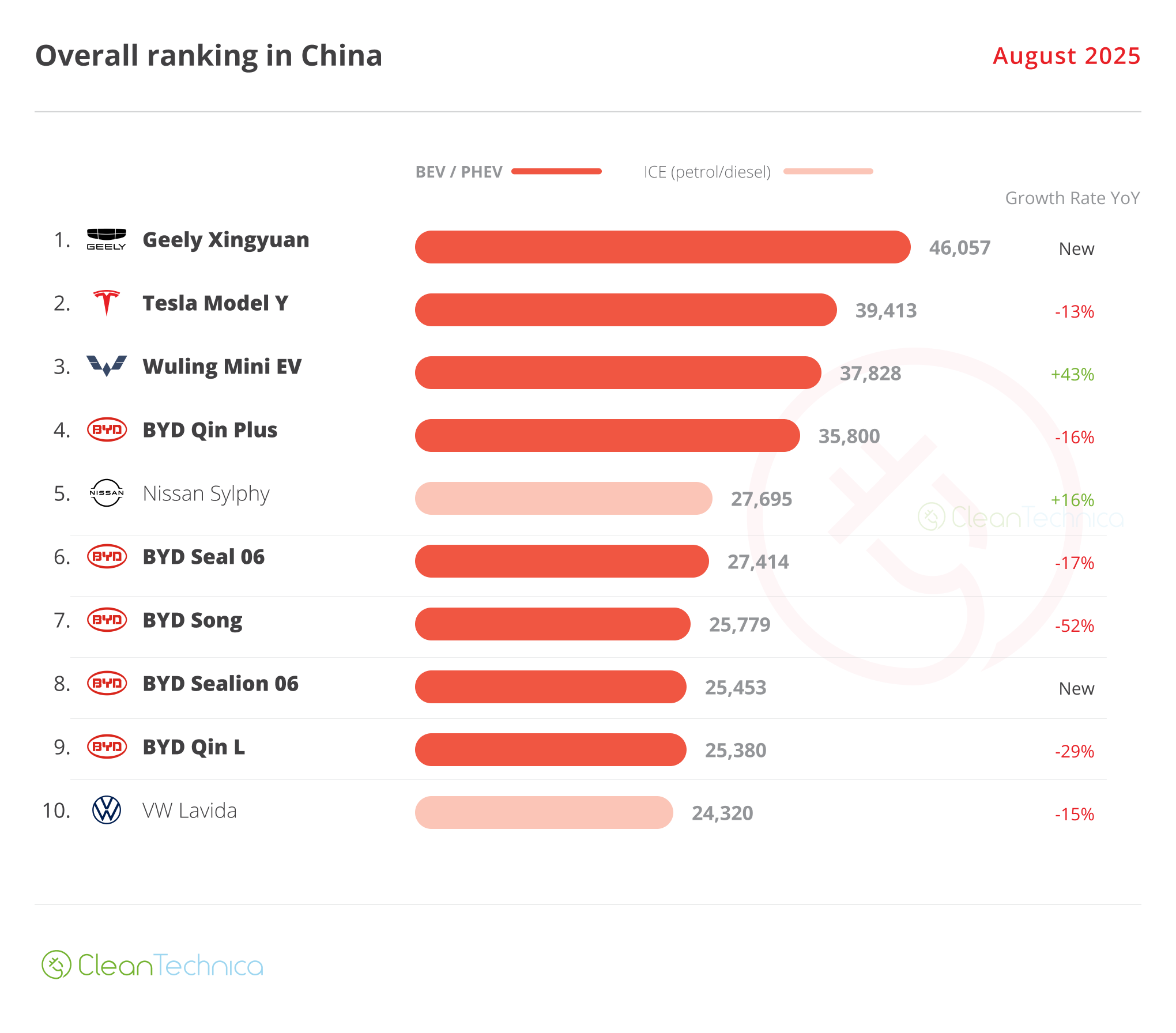Support CleanTechnica’s work through a Substack subscription or on Stripe.
This week, Chuka Umunna, the global head of sustainable solutions at JPMorgan, told Tom Mackenzie of Bloomberg Television that the US will struggle to generate the energy it needs to power growth in its tech industry without including wind and solar. “It’s difficult to conceive of a situation in which they won’t need to tap into [renewables],” he said.
Of course, those sentiments fly in the face of the official policy of the US government, which is cancelling — perhaps illegally — billions of dollars worth of renewable energy projects in the belief that they are a “green new scam” and a threat to the country’s quest of “energy dominance, whatever that means. It makes no sense that the folks who have been shouting at the top of their lungs for decades about how government should not be picking winners and losers in the marketplace are now doing precisely that. These people are so used to lying with a straight face they don’t even recognize they are doing it anymore.
The administration has fallen in love with nuclear power, but as Umunna pointed out, it takes years to build nuclear power plants and they often burden ratepayers with exorbitant monthly fees to pay for them. The utility companies don’t care. They have a government monopoly that guarantees them a fixed rated of return on every dollar they spend. The more they spend, the more money they make. There is a fundamental flaw in that business model, but that is a discussion for another day.
Investing In Resiliency
On October 13, 2025, Jamie Dimon, the CEO of JPMorgan, made a rather startling statement of his own. He claimed his company would funnel $1.5 trillion into industries that bolster US economic security and resiliency over the next 10 years. Renewables were not mentioned directly in his remarks, but areas he said would see more investment include battery storage and grid resiliency, both of which can directly support renewables.
“It has become painfully clear that the United States has allowed itself to become too reliant on unreliable sources of critical minerals, products and manufacturing — all of which are essential for our national security,” Dimon said. “We need to act now. This is not philanthropy. This is 100 percent commercial. We are going to take our resources of research, bankers, and investors and we are going to scour the United States and maybe the world for new opportunities.”
Could some of those opportunities include renewables? We shall see. The truth is that the United States was once a leader in precisely those fields, but became starry-eyed at the thought of cheap foreign-made goods on the shelves at Walmart and the latest video games that celebrate eviscerating opponents in the most grisly way possible.
Republicans danced on the grave of Solyndra, a solar panel manufacturer that went bankrupt after securing a government backed loan from the Obama administration. Now the chickens have come home to roost and some business leaders are starting to notice — 30 years too late.
Bullish On Renewables
TechCrunch reported last week that despite the headwinds blowing across America from the banks of the Potomac, investors remain bullish on renewable energy. “People and organizations are betting money and time that the energy transition isn’t going away,” it said.
This week, Brookfield, the Canadian infrastructure and asset management giant, announced it had raised $20 billion for its second energy transition fund. It has already deployed $5 billion of that money into renewable power projects and developers focusing on solar, wind, and battery storage.
Brookfield raised one third more money this time around than it did for its first transition fund in 2021, when zero percent interest rates and a frothy economy led some to speculate that clean energy was entering a bubble. This second, larger fund, raised in a less exuberant period, suggests that limited partners see durable growth ahead, TechCrunch suggests.
TechCrunch says the interest in climate tech has been building for the past five years, driven by changes in the Earth’s climate that have become impossible to ignore. Not all such fledgling ventures survive, but enough do that investors see opportunity in funding the next stage of their growth. EIP has already invested about a quarter of its new fund in companies like GridBeyond, which helps manage distributed energy resources, and Quilt, a consumer-facing heat pump manufacturer.
Bucking The Tide
The trend persists despite the open hostility to renewable energy by the current US administration. As a result, the International Energy Agency now says its renewables forecast for America between now and 2030 has been reduced by 45% compared to last year. But renewable capacity worldwide is expected to double by 2030, led by solar installations in China, India, the EU, and Sub-Saharan Africa.
The IEA isn’t the only organization predicting that the transition will continue. Analysts at DNV expect that renewables will provide 65% of the world’s electricity by 2040 and nearly all of it by 2060. That won’t be enough to hit net-zero carbon emissions by 2050, DNV said, but all transitions have ups and downs. The momentum appears to favor more renewable energy, not less, it says.
Renewable stocks have seen a rebound this year, with energy security driving valuations, Umanna said. “The nature of the debate has really changed.” No longer is it just about climate and the environment. Now it is also about “how do you become self sufficient. Sustainability is interwoven with these issues of competitiveness and geopolitics,” Umunna said.
The bottom line is now playing a larger role in these investment decisions. Investors are seeing opportunities to generate a profit from renewable energy opportunities when previously those investments were fraught with risks and often saw negative returns.
The good news is that Adam Smith’s “unseen hand” is working its magic even as politicians sputter and fume about “green new scams” and people hating America because they don’t want fracking rigs next to their schools. It’s a small ray of sunshine, but in a period of such gloom, a welcome one nonetheless.
Sign up for CleanTechnica’s Weekly Substack for Zach and Scott’s in-depth analyses and high level summaries, sign up for our daily newsletter, and follow us on Google News!
Have a tip for CleanTechnica? Want to advertise? Want to suggest a guest for our CleanTech Talk podcast? Contact us here.
Sign up for our daily newsletter for 15 new cleantech stories a day. Or sign up for our weekly one on top stories of the week if daily is too frequent.
CleanTechnica uses affiliate links. See our policy here.
CleanTechnica’s Comment Policy




